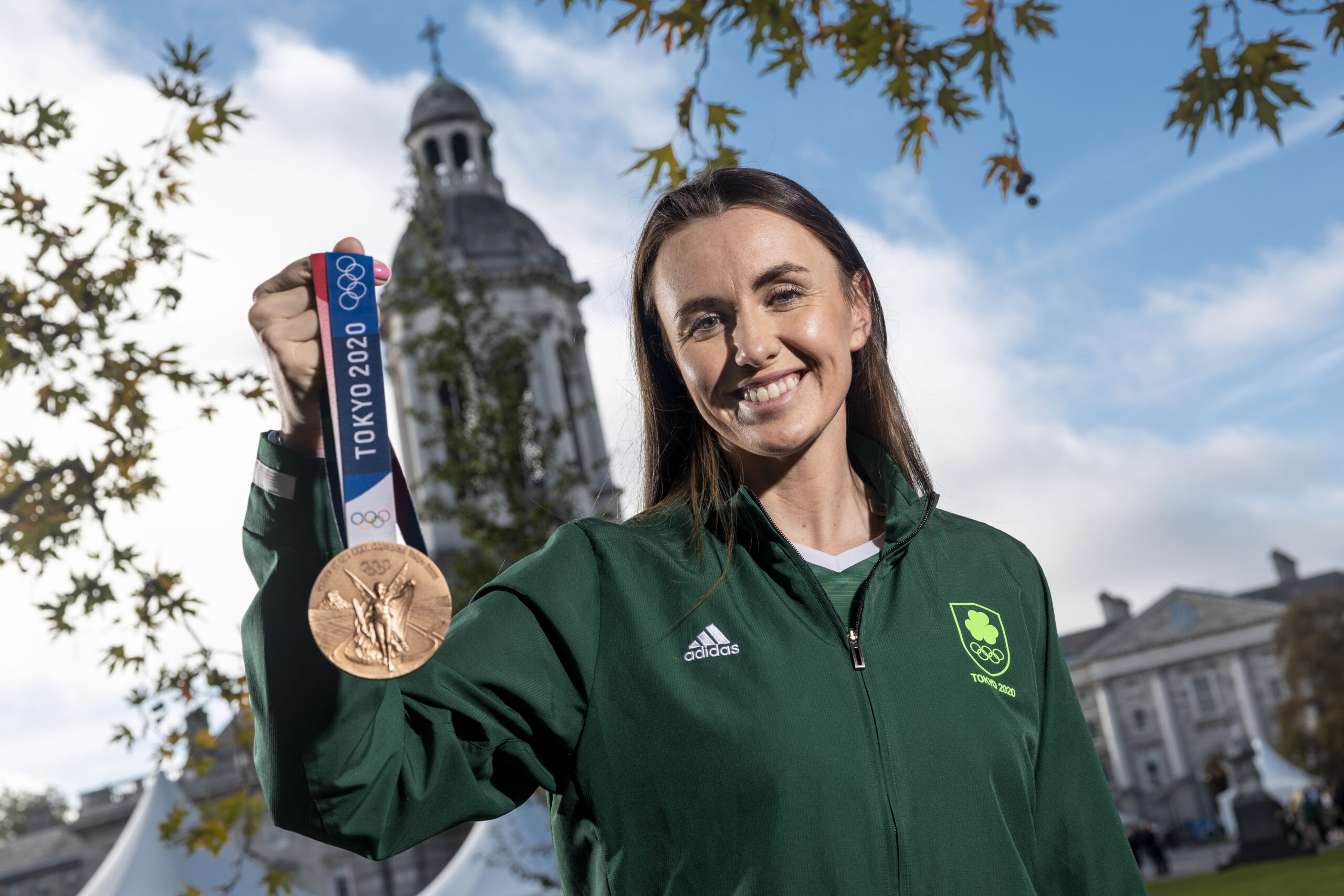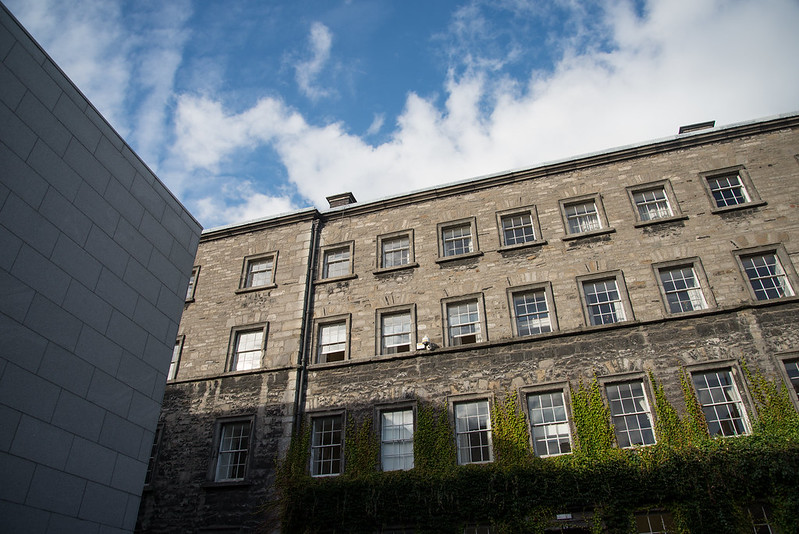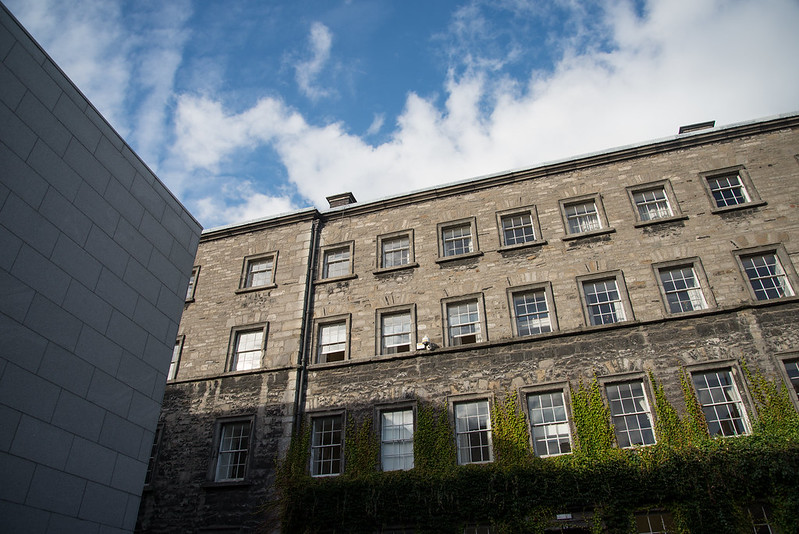Trinity’s Prof Peter Gallagher has been awarded France’s Chevalier des Palmes Académiques, one of the highest accolades the country bestows on academics and researchers.
In a presentation last night at the French Ambassador’s Residence in Dublin, Gallagher, who is a lecturer in the School of Physics, received the prestigious award.
In a tweet, Gallagher said he was “blown away” by the award: “Here’s to working with French scientists for many more years.”
The award was originally founded by Emperor Napoleon in 1808 to honour the academic staff of the University of Paris. But since 1955 it has been awarded to the most impressive academic figures in education and culture.
Gallagher shared the honour with his wife, Prof Emma Teeling, a professor in zoology at University College Dublin (UCD), whose research on the biology of ageing sees her collaborate with conservation organisation Bretagne Vivante in Brittany, France.
Gallagher is one of Ireland’s leading astrophysicists and is currently directing the development of the Low Frequency Array (LOFAR) telescope in Birr, Co Offaly. The project, which will see Ireland join a network of telescopes across Europe, has generated significant excitement among Ireland’s astrophysicists, a community not used to large investments from the government and Science Foundation Ireland (SFI).
In March, Gallagher was also made an adviser to the Director of Science at the European Space Agency (ESA), joining a group of just 12 scientists from universities across Europe. Along with the other 11 members of the committee, Gallagher will be responsible for implementing a number of space missions under ESA’s Cosmic Vision 2015-2025, one of the biggest projects the agency has ever undertaken. His appointment, alongside the recent development of a telescope network in Ireland, has helped make Gallagher the face of an industry that is increasingly benefiting from more investment and funding.
Gallagher, whose work in Trinity focuses on solar activity and its effects on the Earth, began his career at ESA as a PhD student working on the Solar and Heliospheric Observatory satellite and has worked with the agency on many occasions since then.








